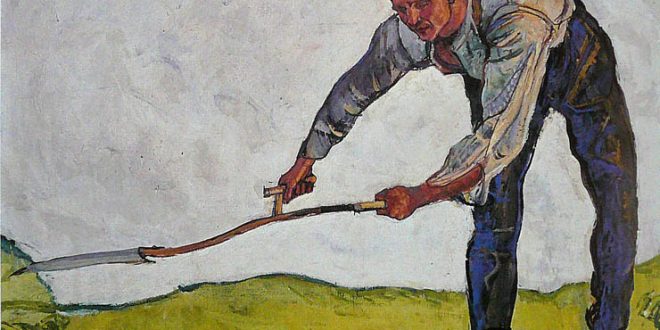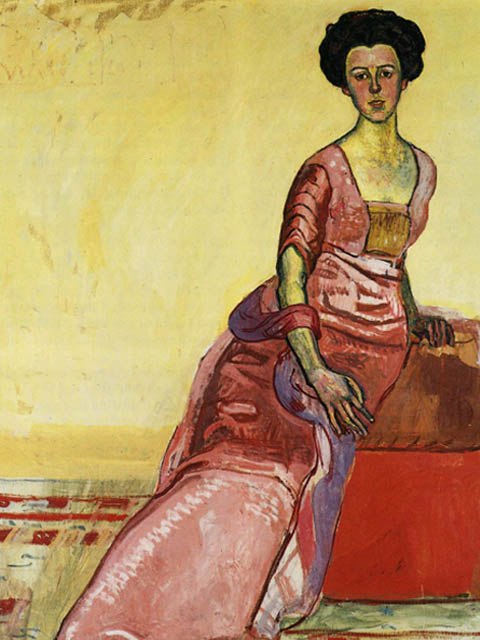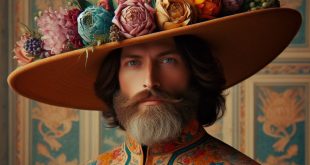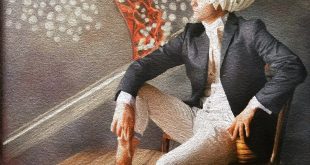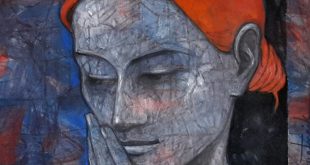 Coloristic symbolism and sketches of expressionism
Coloristic symbolism and sketches of expressionism
FERDINAND HODLER 1/3 – He was born in Bern in 1853. At the end of the nineteenth century, he was one of the most significant Symbolist painters. In Switzerland, Germany and Austria he is considered one of the founders of modern art (art nouveau). https://www.youtube.com/watch?v=_RMe7y6k5Xk His creative power and taste for decoration reminded Rodin. Eight years old, he had lost his father, but He was determined to do all to be an artist. He was put to work assisting his stepfather in painting signs and other commercial projects. His realism had disconcerted the critics of Geneva, but even though he had achieved some recognition, he had difficulty living from his painting.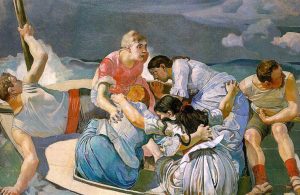
FERDINAND HODLER 2/3 – At the age of 18, he travelled on foot to Geneva start his career as a painter. He attended science lectures at the College, and in the museum there he copied paintings. This apprentice liberated him from the conventions of the picturesque and pictorial landscaping. He traveled to Madrid and studied artworks of famous spanish masters. He created number of large-scale historical paintings, often with patriotic themes. He exhibited mainly in Geneva, trying all the paintings and genres. In 1900 he exhibited three major works: Night, Eurythmy, and Day in Paris, where they won awards. At Kunstmuseum Bern https://www.kunstmuseumbern.ch/en/ you are able to admire two of them (Night, Day).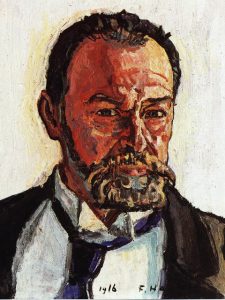
FERDINAND HODLER 3/3 – In Geneva, he met poets, critics and journalists, as well as admirers, with whoom he was closely involved. His art has developed into a realism, in which idealism and symbolism merged. His portraits were the starting point for much wider reflection on man’s fate. In the period between the late 1980s and the beginning of 1890, death had become an obsession for him. In one of his paintings “Eurythmy”, the theme of death is represented by a row of five men in ceremonial robes walking in an ordered procession on a path strewn with fallen leaves. This style he called “parallelism”, where the symmetry and rhythm formed the basis are the background of human society. In many his paintings, groups of figures are symmetrically arranged in poses of ritual or dance. Hodler understood woman as the embodiment of the desire for harmony with nature, while a child or youth represented innocence and vitality. He died in 1918 in Geneva, leaving unfinished some works depicting the city. Some of his paintings, including the “Lake Geneva” seen from Chexbres, are visible in the Basel Museum of Art. https://kunstmuseumbasel.ch/en/kunstmuseum-basel
The intellectual property of the images that appear in this blog correspond to their authors. The sole purpose of this site, is to spread the knowledge of these artists and that other people enjoy their works.
 Meeting Benches World art in all forms
Meeting Benches World art in all forms
